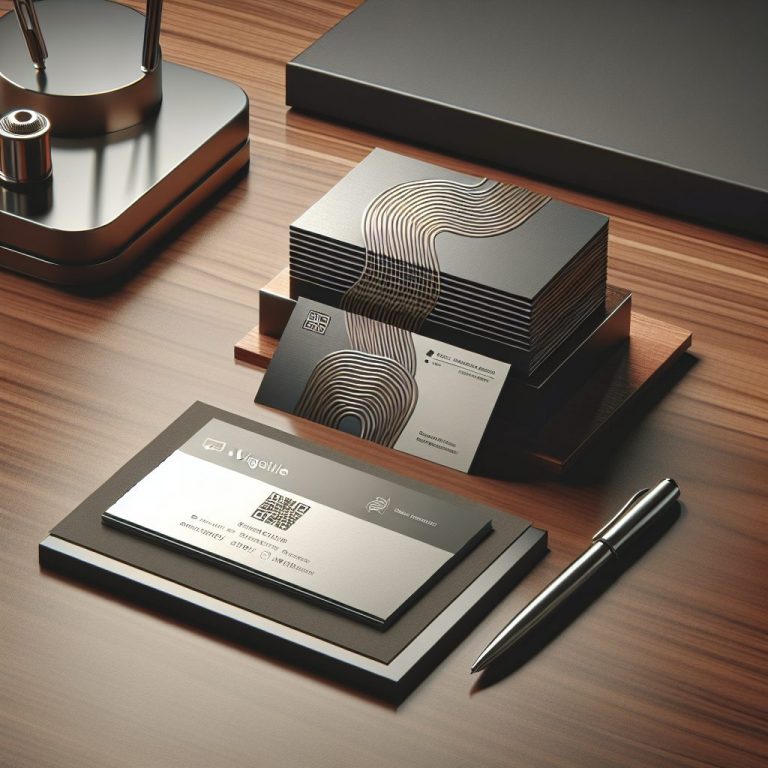When considering how many business cards you should order, it’s essential to understand your needs thoroughly. This process involves a deep dive into your current networking scenarios, the size of your business and team, and the frequency at which you engage in networking opportunities. By evaluating these factors, you can make an informed decision that aligns with your professional goals and ensures you’re always prepared for networking opportunities.
Evaluating Your Networking Opportunities
Networking opportunities are not one-size-fits-all; they vary greatly across industries, professions, and even among individuals. Consider the types of events you attend, from casual meet-ups to formal conferences and everything in between. Reflect on past events and how many contacts you’ve typically met. It’s also wise to think ahead about the events you plan to attend in the foreseeable future. This foresight can help you gauge the number of business cards you need, ensuring you never find yourself in a pinch.
Assessing the Size of Your Business and Team
The size of your business and the number of team members who require business cards are crucial factors to consider. A larger team attending multiple events simultaneously necessitates a higher volume of cards. Moreover, businesses in growth phases may see frequent changes in personnel or branding, which can affect how often and how many business cards you need to order. Assessing your team size and potential changes can save you from redundant expenses or the hassle of running out of cards when you need them most.
Considering the Frequency of Your Networking Events
How often you network plays a pivotal role in determining the quantity of business cards you should maintain. If you’re an active networker, attending multiple events each month, you’ll need a larger supply to avoid last-minute orders. Conversely, if your networking is more sporadic, you might opt for smaller, more frequent orders to ensure your information remains up-to-date. Keeping track of your networking frequency helps in creating a balanced approach to ordering business cards, maximizing both efficiency and cost-effectiveness.
The Role of Quality and Design
After evaluating your networking opportunities and understanding the scope of your business and networking frequency, the next crucial step is to consider the quality and design of your business cards. These elements are pivotal in ensuring that your business card not only serves its purpose but also elevates your brand’s image.
How Design Impacts Your Brand’s First Impression
The design of your business card acts as a visual ambassador for your brand. A well-thought-out design can convey your business’s professionalism, attention to detail, and even your brand’s personality. Whether it’s through the use of color, typography, or layout, every design choice communicates a message to the recipient. Notably, a study from the University of Columbia suggests that people form a first impression within 500 milliseconds of seeing a visual design, highlighting the importance of impactful design in your business cards.
The Importance of Quality Material for Durability
While a striking design catches the eye, it is the quality of the material that leaves a lasting impression. The tactile feel of a business card can greatly enhance the recipient’s perception of your brand. High-quality, durable materials signify a commitment to quality and reliability in your business dealings. Furthermore, cards that resist wear and tear ensure that your contact information remains legible over time, thereby extending the utility and lifespan of each card you hand out. Surprisingly, a survey conducted by a leading marketing agency found that 72% of people judge a company based on the quality of their business card.
Balancing Cost and Quality for the Best Value
Finding the right balance between cost and quality is essential for maximizing the value of your business cards. While premium materials and intricate designs may convey the highest levels of professionalism, they also come with higher costs. Conversely, opting for the most economical options might save costs upfront but can potentially harm your brand’s image if the quality is noticeably poor. A strategic approach is to identify a middle ground that reflects your brand’s values and professionalism without breaking the bank. It’s worth noting that investing in higher quality cards can often lead to a better return on investment through improved brand perception and networking effectiveness.
As you navigate the intricate balance of quality, design, and cost, remember that your business card is more than just a piece of paper—it’s a tangible representation of your brand in the hands of potential clients and partners. Ensuring that it reflects the best of your brand can significantly influence your business’s outreach and success in the long run.
Following the discussion on the critical role of quality and design in business cards, it’s equally important to strategize effectively on how many business cards to order. This decision impacts not only cost but also the adaptability of your networking tools over time.
Starting with a Small Batch: Pros and Cons
Initiating your order with a small batch is a strategy favored by many, especially those who are in the early stages of their business or career. The key advantage here is flexibility. With smaller quantities, you can update and refine your design or contact information without the worry of wasting hundreds of outdated cards. However, the downside is the higher cost per card, which might not be economical for those with a higher outreach frequency.
Bulk Ordering to Save Costs: When it Makes Sense
On the flip side, bulk ordering is a practical choice for established businesses with stable branding and contact information. Ordering in larger quantities significantly reduces the cost per card, offering better budget efficiency. This approach is best suited for businesses attending numerous networking events or with a large sales team. However, the risk of having a large stock of outdated cards if your details change remains a notable drawback.
Keeping Your Information Up-to-Date and Flexible Ordering
In today’s fast-paced business environment, keeping your information up-to-date is crucial. Opting for flexible ordering options, such as digital printing services that offer small batches at reasonable prices, can be a strategic move. This method allows businesses to maintain current information and design trends without overcommitting resources. Additionally, incorporating QR codes into your design can direct contacts to a digital profile that can be updated in real-time, further enhancing the longevity and relevance of your business cards.
Understanding these strategies and carefully weighing their pros and cons based on your specific business needs and networking habits will guide you in making an informed decision on how many business cards to order. Remember, the goal is to maximize impact while minimizing waste and costs.
Future-Proofing Your Business Cards
In the ever-evolving landscape of professional networking, future-proofing your business cards is essential. With the rapid pace of technological advancement and changes in business dynamics, keeping your business cards relevant requires a blend of traditional and digital strategies. Here are key ways to ensure your business cards remain an effective tool for connection and outreach.
Incorporating QR Codes for Dynamic Content
QR codes have transformed the way we share information. By incorporating QR codes on your business cards, you create a bridge between your physical and online presence. This dynamic content can link to your professional portfolio, contact information, or latest business initiative. The beauty of QR codes lies in their ability to be updated without having to reprint your cards, making them a cost-effective solution to keep your information current.
Using Digital Business Cards Alongside Physical Cards
Embracing the digital revolution, digital business cards offer unparalleled flexibility and accessibility. They can be shared with a click, updated in real-time, and carry an infinite amount of information without the limitations of physical space. However, this doesn’t mean the end of physical cards. A strategic approach is to use both, with physical cards making a memorable impact during in-person meetings and digital cards for online networking and follow-ups. This dual approach ensures you’re prepared for any networking opportunity that comes your way.
Adjusting Your Order Based on Business Growth and Change
As your business evolves, so too should your business cards. Adapting your order quantity and design to reflect current business realities is crucial. If you’re a startup experiencing rapid growth, you might opt for smaller, more frequent orders to accommodate changes in your role, contact information, or branding. Conversely, established businesses might benefit from larger orders to leverage bulk pricing. The key is to stay agile and make informed decisions based on your business’s trajectory and market dynamics.
Key Takeaways:
- Integrate QR codes for a seamless link between your printed cards and digital content.
- Utilize both digital and physical business cards to maximize your networking reach.
- Adjust your business card orders in alignment with your business growth and changes.
By incorporating these strategies, you can ensure your business cards serve as a powerful tool in your networking arsenal, capable of adapting to the changing landscape of professional interactions.







